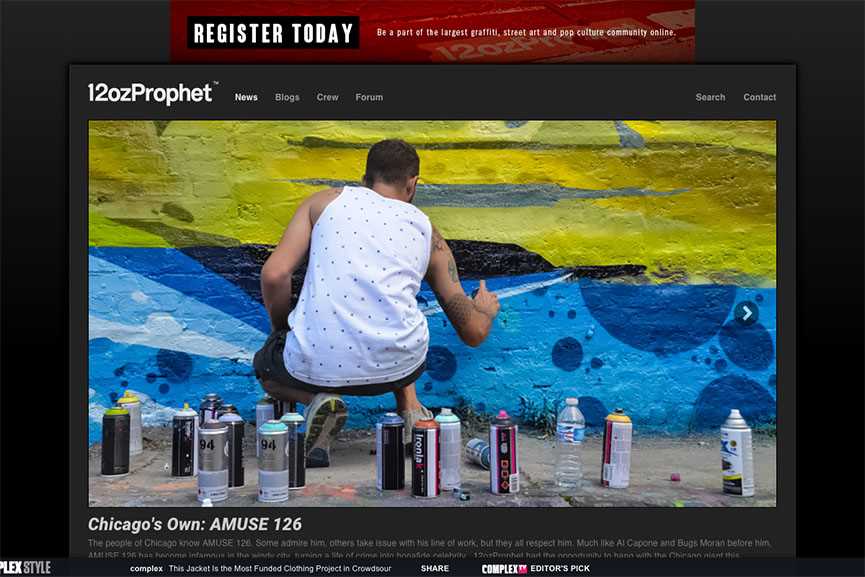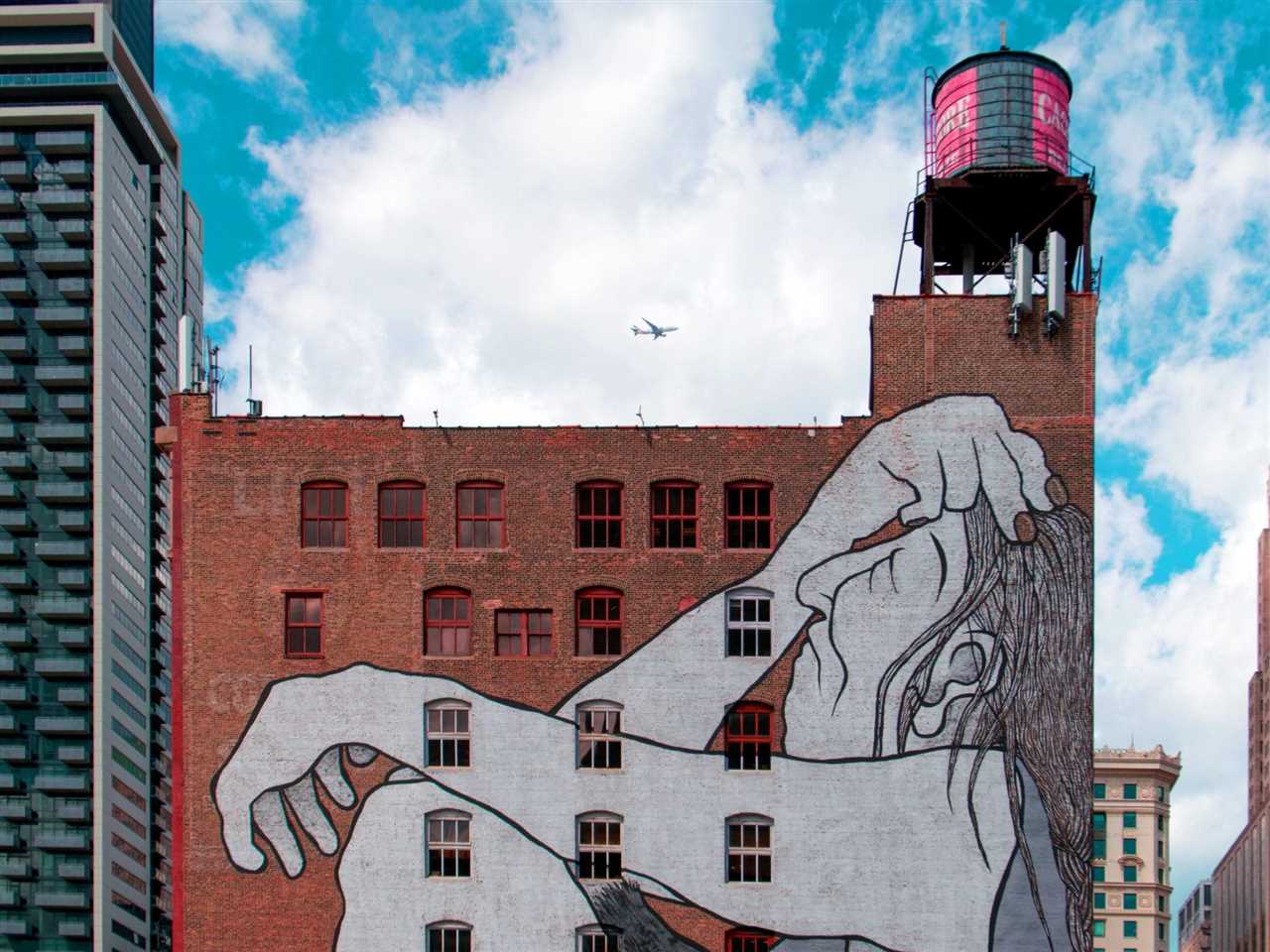
Mural art on buildings is a captivating form of artistic expression that has gained popularity in recent years. These large-scale murals can be found all over the world, brightening up urban landscapes and bringing art to unexpected places. From abandoned buildings and city walls to the sides of houses and office complexes, these murals transform ordinary spaces into vibrant, eye-catching works of art.
One of the most fascinating aspects of mural art on buildings is its ability to tell stories and convey powerful messages. Artists use these murals to address a wide range of social, political, and cultural issues, making them a powerful tool for activism and advocacy. Whether it’s highlighting the impact of climate change, celebrating diversity and inclusivity, or raising awareness about important social causes, these murals serve as visual reminders of the world’s most pressing challenges.
Moreover, mural art on buildings has the power to create a sense of community and pride among local residents. These murals often reflect the history, culture, and spirit of the communities they inhabit, serving as a source of inspiration and identity. They can foster a sense of belonging and encourage interaction, transforming public spaces into vibrant gathering places where people can come together to appreciate and celebrate art.
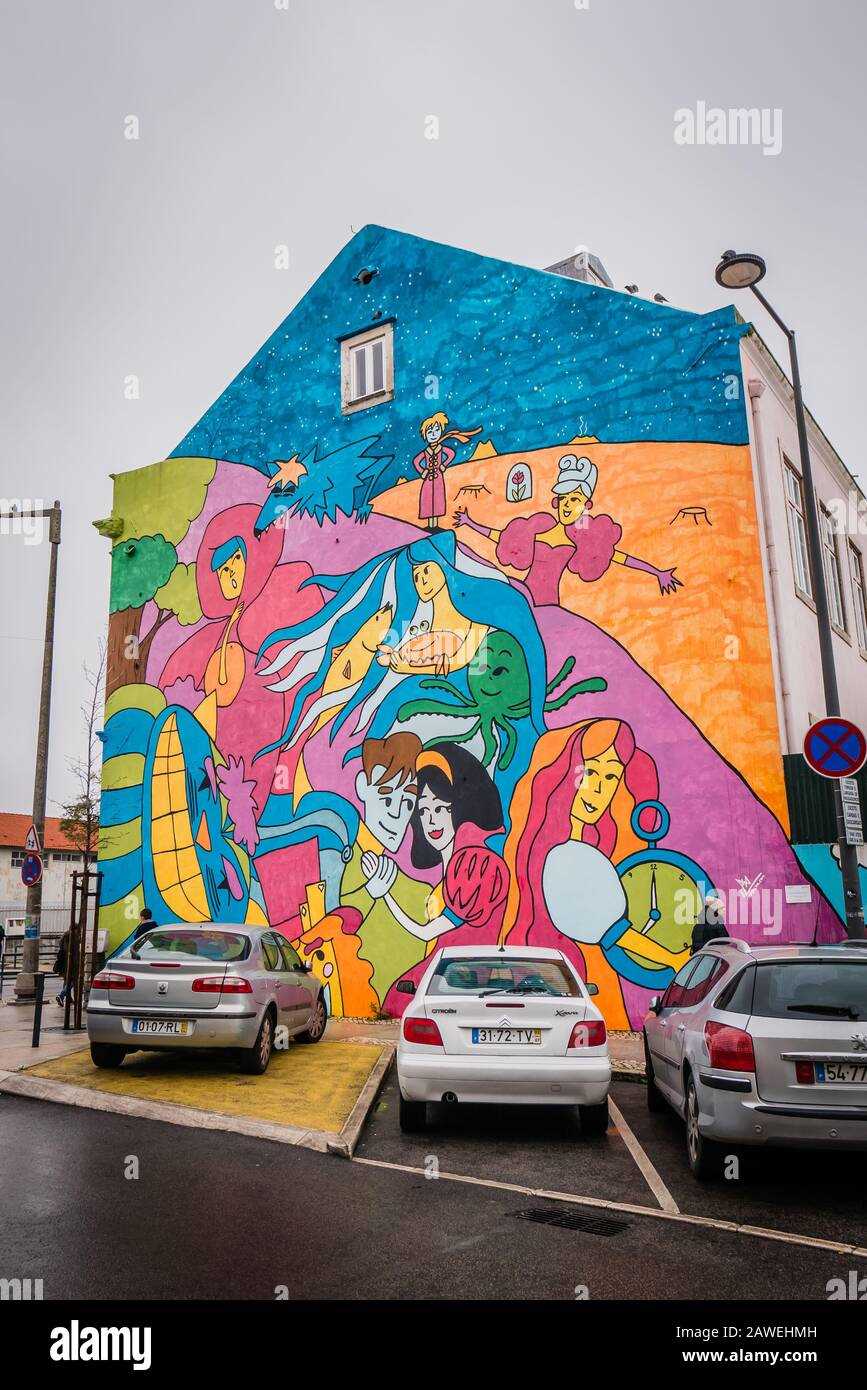
During the Renaissance period in Europe, mural art experienced a revival, with renowned artists such as Michelangelo and Raphael creating magnificent frescoes on the ceilings and walls of churches and palaces. These elaborate murals showcased the artists’ technical skill and their ability to tell stories through visual imagery.
In the 20th century, mural art underwent a significant evolution, moving away from religious and historical themes and becoming a powerful tool for social and political expression. Artists like Diego Rivera in Mexico and Keith Haring in the United States used mural art to address social issues and promote activism. Their murals often depicted powerful symbols, messages, and representations of marginalized communities.
In recent years, mural art has experienced a resurgence in popularity, especially in urban areas. This resurgence can be attributed to the rise of street art, which has transformed the perception of murals from mere decorations to powerful statements of creativity, identity, and community.
Technological Advancements and Contemporary Mural Art
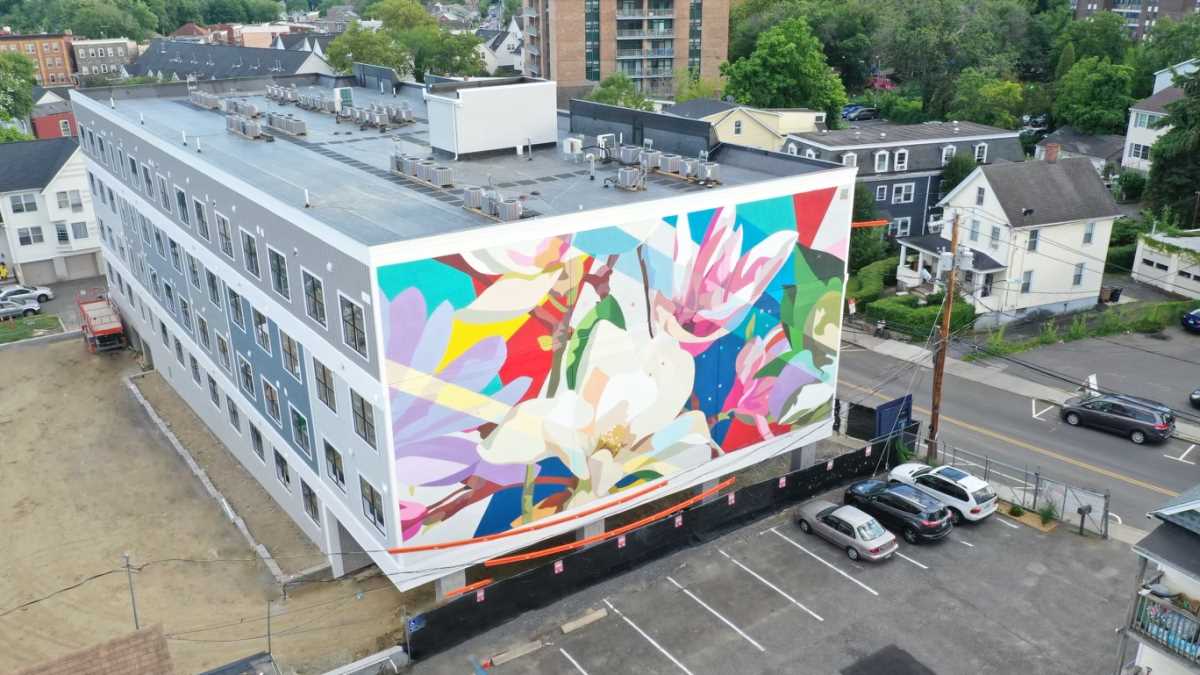
With the advancements in technology, mural artists now have access to a wide range of materials and techniques that allow for more intricate and detailed artworks. From traditional mediums such as paint and brushes to digital tools and projection mapping, contemporary mural art has reached new heights of innovation.
Today, mural art continues to evolve and adapt to the changing societal and cultural landscapes. It has become an integral part of urban revitalization efforts, transforming drab and neglected spaces into vibrant and visually stimulating environments. Whether it’s a large-scale mural adorning the side of a building or a small-scale piece tucked away in an alley, mural art has the power to captivate, inspire, and provoke thought.
Community Engagement
Community engagement plays a crucial role in the creation and appreciation of mural art on buildings. Mural projects often involve the collaboration and input of local residents, businesses, and organizations. This involvement not only allows the community to have a say in the artwork’s content and style but also fosters a sense of ownership and pride in the final result.
One way communities get involved is through mural design committees or public meetings. These platforms provide an opportunity for residents to express their ideas, concerns, and aspirations for the artwork. The input collected during these sessions helps artists understand the community’s history, culture, and values, which can be incorporated into the mural design.
In addition to input on the design itself, community members can also participate in the mural’s creation. This involvement can take various forms, from helping with the actual painting to providing refreshments or organizing events around the mural’s unveiling. By participating in the creative process, community members develop a sense of investment in the mural and feel connected to their neighborhood.
Benefits of Community Engagement
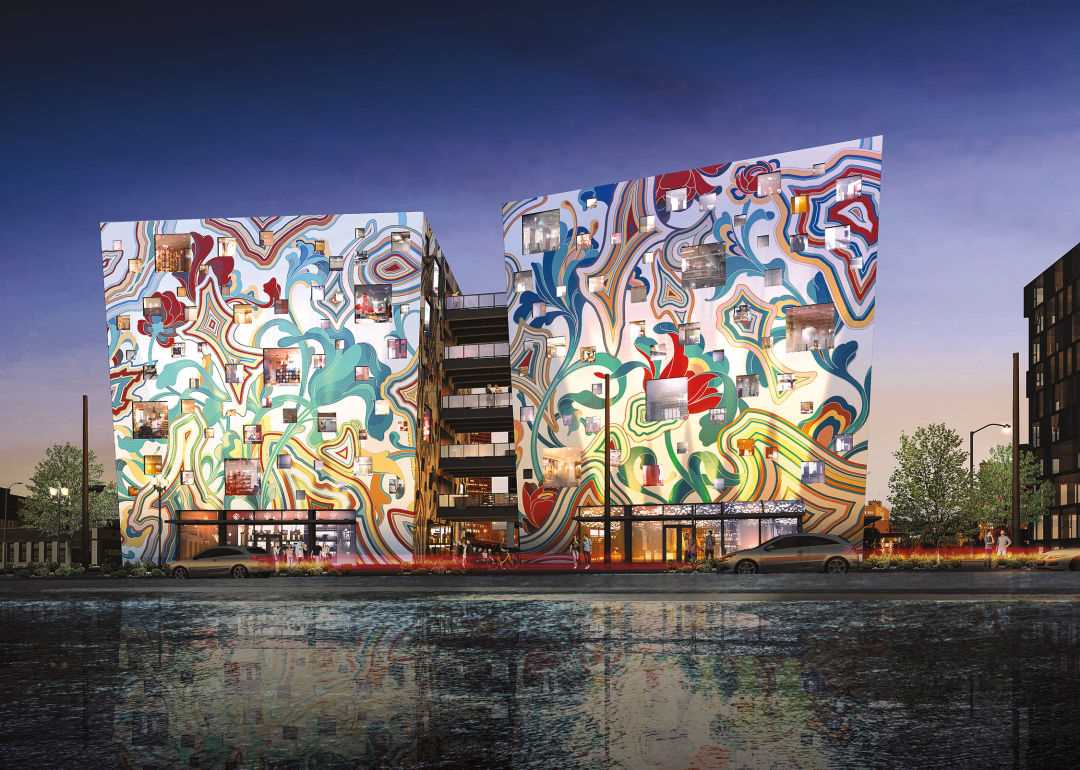
Community engagement in mural art projects brings numerous benefits. Firstly, it creates a stronger sense of community pride and identity. When residents see their stories, heritage, and values depicted on a mural, it uplifts the community’s spirit and fosters a sense of belonging.
Secondly, community engagement helps foster a deeper appreciation for art and culture. By involving residents in the mural’s creation, it demystifies the artistic process and makes it more accessible to everyone. This engagement can inspire young aspiring artists and encourage a greater interest in the arts within the community.
Lastly, community engagement in mural art projects can contribute to neighborhood revitalization efforts. Dilapidated or unadorned buildings transformed by vibrant and meaningful murals can attract more visitors, increase foot traffic, and boost local businesses. The presence of murals can also deter graffiti and other forms of vandalism.
Impact and Legacy
Mural art on buildings has a profound impact on both the local community and the broader society. These vibrant and expressive artworks have the power to transform ordinary buildings into landmarks and cultural symbols. They serve as a source of pride and identity for those who reside in the area, and can attract visitors from near and far.
One of the key impacts of mural art is its ability to beautify and enhance the visual appeal of urban spaces. Drab and unremarkable buildings are given new life and character through the addition of colorful and meaningful murals. This not only creates a more visually engaging and attractive cityscape, but also contributes to a sense of place and belonging.
Mural art also has the potential to address social and political issues, and serve as a platform for marginalized voices. Many mural artists use their work to shed light on important topics such as human rights, social justice, and environmental concerns. By creating thought-provoking and visually striking imagery, these artworks can spark conversations and inspire action.
The legacy of mural art is long-lasting and multifaceted. It can serve as a historical record of a particular time and place, documenting the stories and experiences of a community. Murals have the power to capture the spirit and essence of a moment in time, and leave a lasting legacy for future generations to appreciate and learn from.
Furthermore, mural art can have a positive economic impact on communities. It can attract tourism and increase foot traffic to local businesses, stimulating economic growth and revitalizing neighborhoods. In addition, the creation of murals often involves collaboration between artists, community members, and local organizations, fostering a sense of unity and collective ownership.

I am a mural enthusiast and a fervent admirer of street art. Rather than creating murals myself, I am passionate about collecting them. My love for street art knows no bounds. I am dedicated to curating and cherishing these artworks that grace the streets. My collection stands as a testament to my profound appreciation for this form of artistic expression.
read about me




